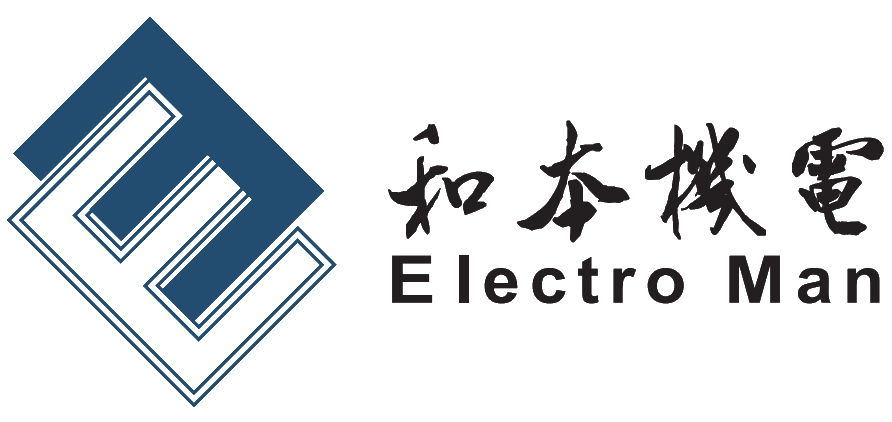18
2025
-
03
Best Practices for Fire Protection Systems in Lithium Iron Phosphate Energy Storage Power Stations
Author:
In the current wave of renewable energy, lithium iron phosphate (LFP) energy storage power stations are undoubtedly a focus of attention. However, with the development of technology, how to effectively ensure the safety of these power stations, especially fire safety, has become an issue that cannot be ignored. Today, let's talk about the best practices for fire protection systems in LFP energy storage power stations. First, it is necessary to understand the characteristics of LFP batteries. Compared with traditional lead-acid batteries, LFP energy storage batteries have higher safety and longer service life, but they are not completely risk-free. Just like when we camp in the wild, although we know that fire is a good partner for life, if it is not handled properly, it can also become a dangerous enemy. Therefore, when designing the fire protection system for LFP energy storage power stations, these characteristics must be fully considered. So, why is the fire protection system for LFP energy storage power stations so important? Imagine that a fire in a power station may lead to serious consequences such as equipment damage, casualties, and environmental pollution. This is like an uncontrolled wildfire that can spread rapidly and destroy everything around it. Therefore, establishing an effective fire protection system is
In the current wave of renewable energy, lithium iron phosphate energy storage power stations are undoubtedly a focus of attention. However, with technological advancements, how to effectively ensure the safety of these power stations, especially fire safety, has become an issue that cannot be ignored. Today, let's talk about the best practices for fire safety systems in lithium iron phosphate energy storage power stations.
Characteristics of Lithium Iron Phosphate
First, it is necessary to understand the characteristics of lithium iron phosphate batteries. Compared with traditional lead-acid batteries, lithium iron phosphate energy storage batteries have higher safety and longer service life, but they are not completely risk-free. Just like when we go camping in the wild, although we know that fire is a good companion for life, if handled improperly, it can also become a dangerous enemy. Therefore, when designing a fire safety system for a lithium iron phosphate energy storage power station, these characteristics must be fully considered.
Necessity of Fire Safety Systems
So, why is the fire safety system for lithium iron phosphate energy storage power stations so important? Imagine that a fire in a power station may lead to serious consequences such as equipment damage, casualties, and environmental pollution. This is like an uncontrolled wildfire that can spread rapidly and destroy everything around it. Therefore, establishing an effective fire safety system can quickly control the situation and reduce losses when a fire occurs.
Components of the Fire Safety System
The fire safety system of a lithium iron phosphate energy storage power station usually consists of several parts, which we will analyze one by one below.
Automatic Alarm System
The automatic alarm system is the "ear" of the fire safety system, which can monitor the status of the power station in real time. When abnormal temperatures, smoke, or gas leaks occur, it will immediately issue an alarm, like a smart watchdog, reminding us of potential dangers in the first place.
Spray System
The spray system can be regarded as the "hand" of the fire safety system. After confirming a fire, it can immediately spray water to extinguish the flames and prevent the fire from spreading. A reasonable spray design should cover the entire energy storage area to ensure that there are no blind spots.
Manual Fire Extinguishers
Although automatic equipment is important, manual fire extinguishers are still indispensable. Like our personal protective equipment, they are always on standby for emergencies. Ensuring that every staff member has received training in the use of manual fire extinguishers is key to improving fire extinguishing efficiency.
Ventilation System
A good ventilation system is like the "lungs" of the fire safety system, which can effectively reduce the temperature inside the battery compartment and prevent fires caused by overheating. Regular inspection and maintenance of ventilation equipment to ensure its normal operation is crucial.
Risk Assessment and Emergency Plan
Before building a fire safety system, a comprehensive risk assessment is necessary. This is like checking the weather before going out, understanding the possible difficulties, so as to make corresponding preparations. At the same time, developing an emergency plan and clarifying the responsibilities of each position in the event of an accident can also effectively reduce risks.
Regular Drills and Training
Regular fire drills and training are key to ensuring the effectiveness of the fire safety system for lithium iron phosphate energy storage power stations. By simulating fire scenarios, allowing each staff member to be familiar with the response measures, like skills prepared for emergencies, they can calmly respond when real danger comes.
Conclusion
In general, the construction of the fire safety system for lithium iron phosphate energy storage power stations involves many aspects, from automatic alarms to spray systems, to manual fire extinguishers and ventilation systems, none of which can be omitted. At the same time, regular risk assessments and drills also provide guarantees for the effective operation of the system. In this era of continuous technological advancement, only by constantly updating and improving the fire safety system can we provide strong guarantees for the safety of the power station.
Lithium iron phosphate energy storage power station fire protection
undefined







